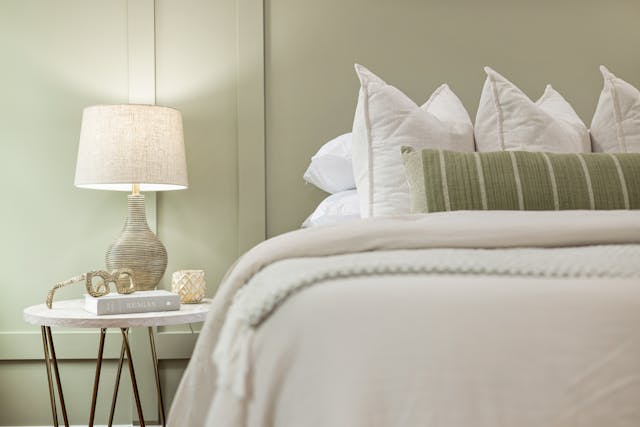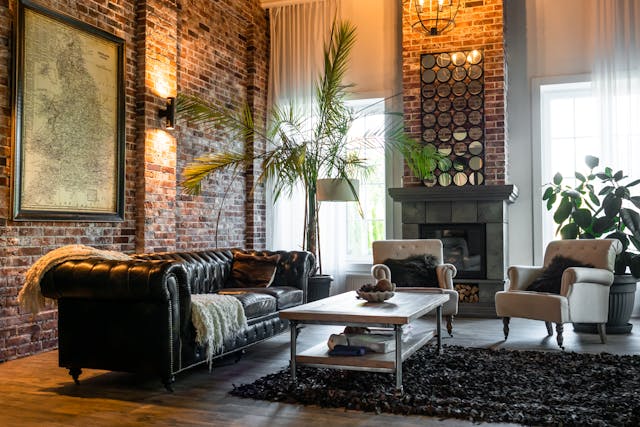Wedding Bedding Ceremonies
Wedding bedding ceremonies, once central to marital rites, combined celebration, community, and symbolic consummation. These traditions, though long vanished in form, still echo through modern customs.
Key Takeaways
- Wedding bedding ceremonies symbolized community recognition of a new marriage.
- Practices evolved from public observance to private symbolism over centuries.
- Modern customs still reflect these ancient rituals in subtle ways.
Medieval Europe: When Weddings Were a Community Affair
In medieval Europe, particularly among the nobility, marriages served political or economic purposes. The wedding bedding ceremony was not merely a custom—it was a public endorsement of the union. After the feast, guests would parade the couple to their bed, often singing or reciting humorous verses.
This ritual cemented alliances, reinforced social contracts, and ensured transparency in lineage. A notable feature was the presence of clergy or elders who symbolically blessed the couple’s first night together. This was about unity, not just intimacy.
Today, we may not escort couples to bed, but traditions like the first dance or toasts at receptions reflect community celebration. For more insight into medieval matrimonial rituals, see this historical analysis of wedding bedding and hand-holding.
Read more about how communal values shaped the cultural significance of bedding ceremonies.
Behind Closed Doors: Public Approval Meets Private Intimacy
Once the chamber doors closed, the performance faded, and the personal connection began. This moment marked the transformation from public spectacle to private bond, both celebrated and sacred.
Spiritual Blessings and Fertility Symbols
In Catholic regions, spiritual rituals shaped wedding nights. Priests often blessed the bed, invoking divine favor. Bedding areas were decorated with rosemary, lavender, and symbolic flowers believed to encourage fertility and happiness.
This spiritual layer emphasized that physical union wasn’t merely biological—it had divine significance. The room itself was transformed into a sacred space.
To learn more about rituals promoting fertility and blessing the union, explore our post on essential oils and spiritual sleep practices.
Behind Closed Doors: Sacred Spaces
This transformation of the bedroom into a blessed haven reinforced cultural values where marriage was both a personal commitment and a spiritual covenant.
Royalty and Legal Implications
Among royalty and aristocracy, wedding bedding ceremonies were serious business. Witnesses often attended the bedding—at least ceremonially—to affirm the union’s legitimacy for inheritance, especially when political power or property were involved.
In some cases, documentation or physical tokens (like bloodied sheets) served as proof of consummation. While invasive by today’s standards, such practices were safeguards for lineage purity and power transitions.
Want to understand how ceremonial rites like this influenced succession? Check out our detailed article on historical marriage traditions.
Behind Closed Doors: Legal Seals
Though intense, these customs were a practical necessity in dynastic politics. Today, prenuptial agreements and legal contracts echo this legacy in modern form.
Renaissance: The Rise of Romance
During the Renaissance, emotional intimacy began to complement strategic marriages. Guests continued to escort couples but withdrew sooner, signaling growing respect for romantic privacy.
This shift paralleled cultural movements in art and literature, which began emphasizing love as the foundation of marriage. Public celebrations still existed, but the inner sanctum of marriage was increasingly personal.
Behind Closed Doors: Love Takes Center Stage
By allowing emotions into the framework of marriage, this period laid the groundwork for modern romantic ideals that continue to shape wedding ceremonies today.
Victorian Era: Embracing Privacy
With the rise of Victorian values, discretion and modesty took precedence. The public bedding ritual fell out of favor, replaced by subtle customs like gift exchanges or tea ceremonies.
In this era, intimacy became entirely private, reflecting society’s growing discomfort with public displays of affection.
This is when many wedding traditions we recognize today—like bridal veils and private vows—began to solidify. Learn more about how social values shaped bedroom practices in this article on historical bedroom decor and customs.
Behind Closed Doors: Intimacy Redefined
Marriage now centered around emotional connection within private domestic life, signaling a cultural shift toward individualism.
 Modern Echoes of Ancient Traditions
Modern Echoes of Ancient Traditions
Although wedding bedding ceremonies as public events are gone, their spirit lives on. Carrying the bride over the threshold, reserving honeymoon suites, or first-night rituals all mirror ancient transitions from public to private.
Some modern commentators even suggest these practices are subtly returning in niche circles. Read about these ideas in this AMM article on public consummation traditions.
You can also explore our recent feature: how these traditions quietly disappeared.
Behind Closed Doors: Traditions Transformed
While the format has changed, the intention remains—marking the sacred transition into shared life and private connection.
The Cultural Legacy
Ultimately, wedding bedding ceremonies reveal how much society’s view of intimacy, marriage, and privacy has changed. From noisy parades to silent retreats, the cultural meaning of the wedding night has evolved dramatically.
The echoes of those rituals remain in the way we celebrate, protect, and sanctify the beginning of married life.
For a deeper dive, revisit our guide on separating myth from reality in traditional wedding rituals.
Behind Closed Doors: A Symbolic Bridge Across Time
Even without spectators, the wedding night remains a symbol—honoring centuries of human connection, community, and love.
Conclusion
From medieval alliances to modern romance, wedding bedding ceremonies mirror the values of their time. Though the rituals have faded, the meaning—celebrating love and unity—still resonates.
As modern couples craft new traditions, these age-old customs serve as a beautiful reminder of love’s deep cultural roots.
FAQ
- What was the purpose of wedding bedding ceremonies?
- These ceremonies symbolized the community’s endorsement of the couple’s union and often served legal or spiritual functions.
- Are there modern versions of wedding bedding ceremonies?
- Yes, symbolic gestures like honeymoon suites or carrying the bride over the threshold are modern echoes of the tradition.
- Why did these ceremonies disappear?
- Social shifts toward privacy and individualism during the Victorian era led to the gradual fading of public bedding rituals.



 Modern Echoes of Ancient Traditions
Modern Echoes of Ancient Traditions




















